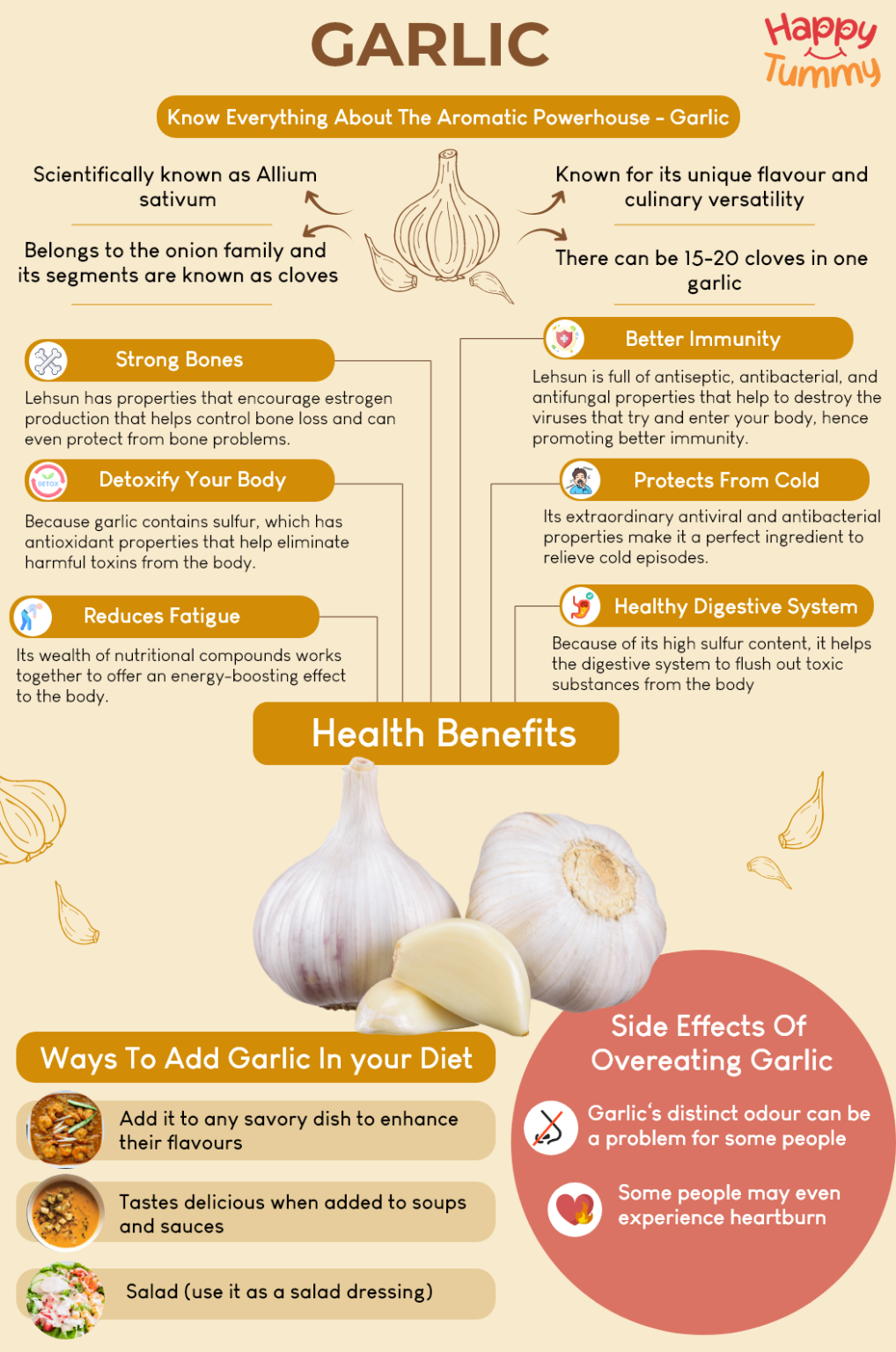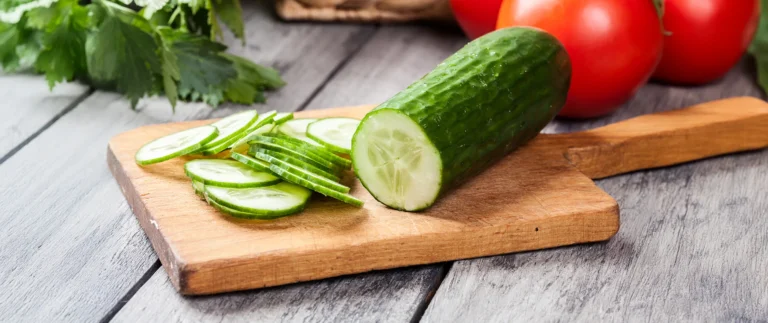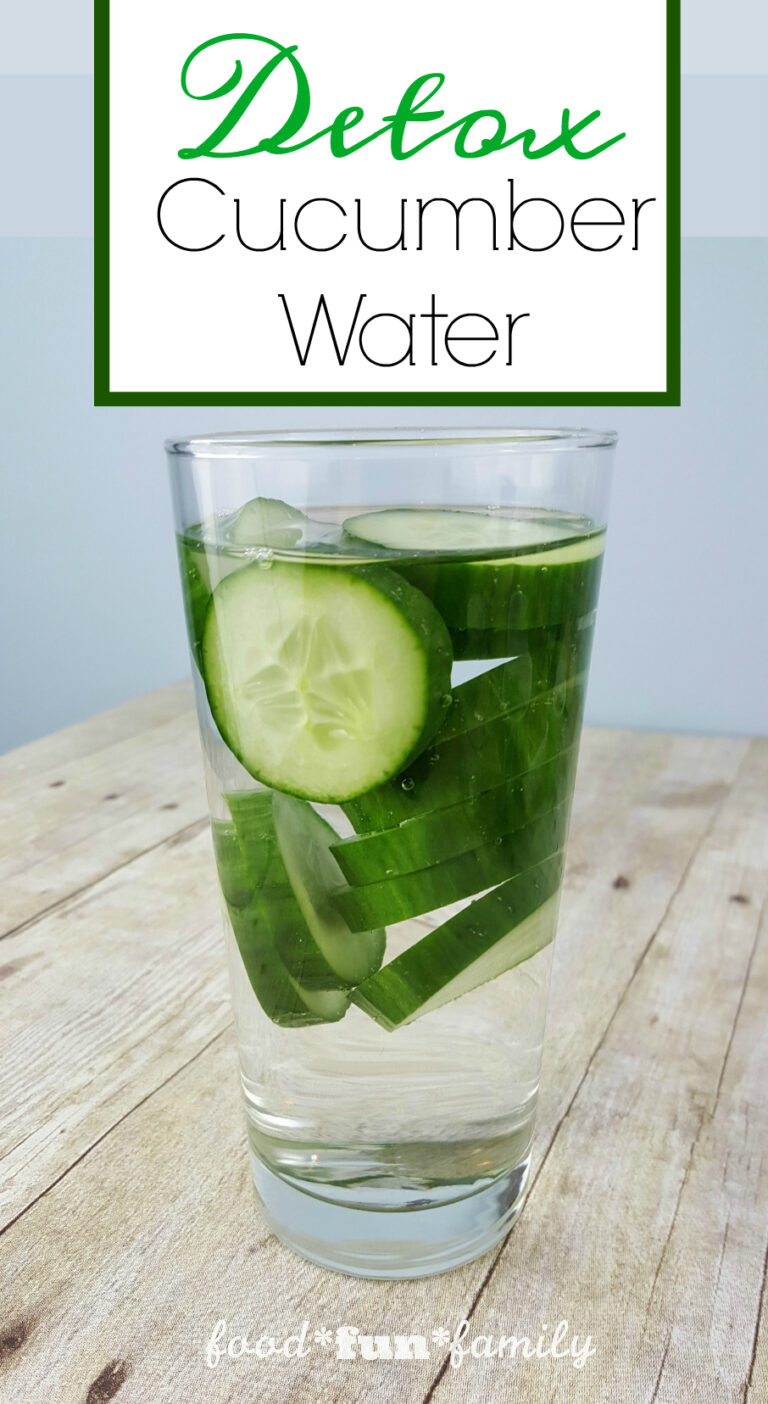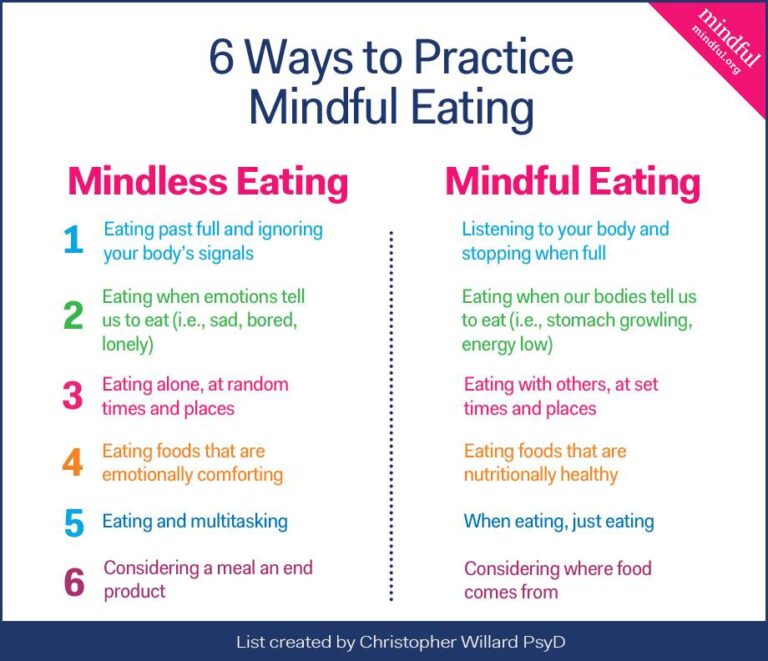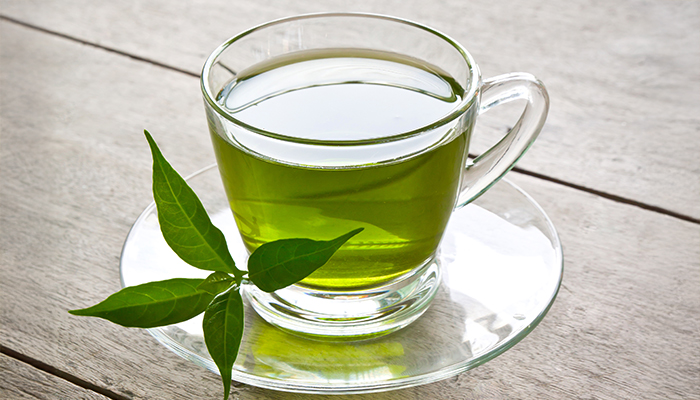From Cold Prevention to Heart Health: The Twelve-Chapter Saga of Garlic’s Benevolence
In the grand tapestry of human civilization, few ingredients have woven themselves so intricately into our culinary traditions and medicinal lore as garlic. From the sun-baked plains where ancient Egyptians toiled, fueled by its pungent power, to the bustling kitchens of today, this unassuming bulb has commanded reverence, fear, and admiration in equal measure. Often dubbed the "stinking rose" for its unmistakable aroma, garlic (Allium sativum) is far more than a mere flavor enhancer; it is a veritable powerhouse of therapeutic compounds, a testament to nature’s profound pharmacy.
Our story begins not with a whisper, but with a bold, aromatic declaration. For millennia, garlic has been heralded as a panacea, a protector against ailments ranging from the mundane sniffle to more insidious threats. Modern science, armed with sophisticated tools, has now begun to unravel the complex mechanisms behind these age-old claims, translating folklore into verifiable fact. This journey of discovery reveals a multifaceted ally, whose benefits span an astonishing spectrum, from the immediate fortification of our immune defenses to the meticulous maintenance of our cardiovascular system, and indeed, to the very foundations of cellular health.
Join us as we embark on a comprehensive exploration, a twelve-chapter saga detailing the profound ways garlic benefits the human body. We will delve into its molecular magic, unearthing the "how" behind its legendary "what," and understanding why this humble clove deserves its esteemed place not just in our recipes, but in our pursuit of holistic well-being.
>
Chapter 1: The Immune System’s Staunch Ally – Fortifying Your Defenses
Our first encounter with garlic’s prowess often comes in the face of seasonal adversity: the common cold. Long before pharmaceutical interventions, generations reached for garlic as a shield against sniffles, sore throats, and the general malaise of winter. This isn’t mere superstition; science confirms garlic’s role as a potent immune system booster.
At the heart of this ability lies allicin, the star compound responsible for garlic’s characteristic odor and much of its biological activity. When a garlic clove is crushed, chopped, or chewed, alliinase enzyme converts alliin into allicin. Allicin, in turn, activates various immune cells, particularly macrophages and lymphocytes, which are the frontline soldiers of our body’s defense system. It enhances their phagocytic activity – their ability to engulf and destroy foreign invaders like bacteria and viruses. Furthermore, garlic appears to stimulate the production of certain cytokines, signaling molecules that orchestrate the immune response, ensuring that our body is primed and ready to combat pathogens effectively. Regular consumption of garlic has been shown in studies to reduce the frequency and duration of common colds, acting as a natural sentinel that constantly patrols and strengthens our internal fortress against external threats.
>
Chapter 2: A Broad-Spectrum Warrior – Battling Pathogens (Antimicrobial, Antiviral, Antifungal)
Garlic’s immune-boosting properties extend beyond just general fortification; it acts as a direct, broad-spectrum warrior against a vast array of microbial invaders. Its historical use as an antiseptic on battlefields and in traditional medicine for various infections is now validated by its potent antimicrobial, antiviral, and antifungal actions.
The sulfur compounds in garlic, especially allicin and its derivatives, are remarkably effective at disrupting the cellular integrity of many harmful microorganisms. They interfere with enzyme systems vital for bacterial growth and replication, effectively disarming pathogens. This makes garlic a formidable foe against common bacterial infections, including strains resistant to conventional antibiotics. For instance, studies have explored its efficacy against Helicobacter pylori, a bacterium implicated in stomach ulcers and certain gastric cancers. Beyond bacteria, garlic demonstrates significant antiviral activity, inhibiting the replication of various viruses. And for those battling fungal overgrowth, such as Candida albicans, garlic’s antifungal properties offer a natural alternative, by interfering with fungal cell membranes and inhibiting their growth. In essence, garlic doesn’t just rally our troops; it joins the fray itself, directly engaging and neutralizing a diverse range of microscopic adversaries.
>
Chapter 3: Quelling the Flames Within – Garlic’s Anti-inflammatory Grace
Inflammation, while a crucial protective response, can become a destructive force when it turns chronic. This persistent, low-grade inflammation is now recognized as a root cause of numerous chronic diseases, from heart disease and diabetes to autoimmune disorders and even certain cancers. Here, garlic emerges as a peacemaker, endowed with remarkable anti-inflammatory properties that help to quell the flames within.
Garlic’s sulfur-containing compounds, particularly diallyl disulfide (DADS) and diallyl trisulfide (DATS), play a pivotal role in modulating the body’s inflammatory pathways. They achieve this by inhibiting the activity of key pro-inflammatory enzymes such as cyclooxygenase (COX) and lipoxygenase (LOX), which are responsible for producing inflammatory mediators like prostaglandins and leukotrienes. Furthermore, garlic compounds can suppress the production of pro-inflammatory cytokines, those signaling molecules that amplify the inflammatory response. By reducing oxidative stress (which often triggers inflammation) and directly interfering with inflammatory cascades, garlic helps to soothe inflamed tissues, alleviate pain, and prevent the systemic damage associated with chronic inflammation. Its consistent presence in our diet acts as a subtle but powerful balm, fostering a state of internal tranquility and reducing the body’s overzealous reactions.
>
Chapter 4: The Heart’s Guardian – A Holistic Approach to Cardiovascular Wellness
As we transition from immediate defense to long-term health, garlic truly shines as a dedicated guardian of the heart. Cardiovascular disease remains the leading cause of mortality worldwide, a complex tapestry woven from factors like high blood pressure, elevated cholesterol, arterial stiffness, and inflammation. Garlic, through a multifaceted and synergistic action, addresses many of these contributing elements, offering a holistic strategy for cardiovascular wellness.
Its compounds interact with the intricate machinery of our circulatory system at multiple levels. From enhancing the flexibility of blood vessels to modulating lipid profiles and preventing the formation of harmful clots, garlic acts as an astute architect, meticulously maintaining the integrity and efficiency of the entire cardiovascular network. This chapter serves as an overview, setting the stage for a deeper dive into specific cardiovascular benefits, each highlighting a unique facet of garlic’s protective embrace around our most vital organ. Its consistent inclusion in the diet is not merely a dietary choice but a conscious investment in the longevity and vitality of the heart.
>
Chapter 5: The Gentle Regulator – Harmonizing Blood Pressure
High blood pressure, or hypertension, is a silent killer, placing immense strain on the heart and arteries, leading to an increased risk of heart attack, stroke, and kidney disease. Garlic offers a natural and gentle approach to harmonizing blood pressure, acting as a skilled conductor bringing the body’s rhythms into harmony.
The mechanism behind garlic’s hypotensive effect is primarily attributed to its ability to increase the production of nitric oxide (NO), a crucial signaling molecule in the body. Nitric oxide acts as a vasodilator, meaning it relaxes and widens blood vessels, allowing blood to flow more freely and reducing the pressure against arterial walls. Furthermore, certain sulfur compounds in garlic, like allicin and S-allylcysteine, appear to have properties similar to ACE (angiotensin-converting enzyme) inhibitors, a class of drugs commonly used to treat hypertension. By inhibiting ACE, garlic can prevent the constriction of blood vessels, thereby contributing to lower blood pressure. Regular intake of garlic, particularly aged garlic extract, has been shown in numerous clinical trials to significantly reduce both systolic and diastolic blood pressure, offering a natural and accessible intervention in the management of hypertension and a valuable component of a heart-healthy lifestyle.
>
Chapter 6: Cholesterol’s Disciplinarian – Balancing Lipid Profiles
Another cornerstone of cardiovascular health is the careful management of cholesterol and other lipids in the blood. High levels of low-density lipoprotein (LDL) cholesterol, often dubbed "bad" cholesterol, are a primary driver of atherosclerosis – the hardening and narrowing of arteries. Garlic steps in as a wise steward, diligently managing the body’s lipid resources.
Garlic’s beneficial effects on cholesterol are multifaceted. It appears to inhibit the activity of HMG-CoA reductase, a key enzyme in the liver responsible for cholesterol synthesis. By partially blocking this enzyme, garlic can help reduce the liver’s production of cholesterol. Beyond just quantity, garlic also addresses the quality of cholesterol. Its powerful antioxidant properties (which we will explore further) protect LDL particles from oxidation, a crucial step in the formation of arterial plaque. Oxidized LDL is far more damaging and prone to accumulating in arterial walls. While the impact on total cholesterol and LDL may be modest compared to pharmaceutical interventions, consistent garlic consumption, especially as part of a healthy diet, contributes meaningfully to a more favorable lipid profile, reducing the risk of plaque buildup and supporting overall arterial health.
>
Chapter 7: Keeping the Flow – Anti-Thrombotic and Anti-Platelet Effects
One of the most insidious threats to cardiovascular health is the formation of unwanted blood clots, which can lead to life-threatening events like heart attacks and strokes. Here, garlic acts as a vigilant river guide, ensuring the smooth and uninterrupted flow of blood through our intricate circulatory system.
Garlic’s compounds possess significant anti-thrombotic and anti-platelet properties. Platelets are tiny blood cells that play a crucial role in blood clotting; however, excessive platelet aggregation can lead to the formation of dangerous clots within blood vessels. Garlic, particularly allicin and ajoene (a degradation product of allicin), inhibits platelet aggregation by interfering with various pathways involved in this process. Furthermore, garlic has been shown to enhance fibrinolytic activity, which is the body’s natural mechanism for breaking down existing blood clots. By keeping platelets from sticking together excessively and by aiding in the dissolution of clots, garlic helps to maintain optimal blood fluidity, reducing the risk of ischemic events that can deprive vital organs of oxygen. This protective mechanism is a cornerstone of its heart-healthy profile, silently safeguarding against catastrophic blockages.
>
Chapter 8: The Antioxidant Shield – Defending Against Oxidative Stress
Our bodies are constantly engaged in a battle against oxidative stress, a process caused by an imbalance between the production of harmful free radicals and the body’s ability to neutralize them. These highly reactive molecules can damage cells, proteins, and DNA, contributing to aging and the development of numerous chronic diseases. Garlic, with its formidable antioxidant capacity, stands as a valiant knight, protecting our cells from this relentless assault.
Garlic is rich in various antioxidant compounds, including sulfur-containing compounds, flavonoids, and selenium. These compounds directly scavenge free radicals, neutralizing their damaging effects before they can harm cellular structures. But garlic’s antioxidant power extends beyond direct scavenging; it also enhances the body’s endogenous antioxidant defense system. It boosts the activity of critical antioxidant enzymes such as glutathione peroxidase, superoxide dismutase, and catalase, which are our body’s own internal free radical destroyers. By strengthening these natural defenses, garlic helps to maintain cellular integrity, reduce cellular aging, and protect against the oxidative damage implicated in cardiovascular disease, neurodegenerative disorders, and cancer. It is a fundamental protector, ensuring the resilience and longevity of our cells.
>
Chapter 9: The Body’s Natural Purifier – Supporting Detoxification Pathways
In an increasingly toxic world, our bodies are constantly bombarded by environmental pollutants, chemicals in our food, and metabolic waste products. The liver, our primary detoxification organ, works tirelessly to neutralize and eliminate these harmful substances. Garlic acts as a diligent cleaner, meticulously tidying the body’s internal environment and significantly supporting these crucial detoxification pathways.
Garlic’s sulfur compounds, particularly those derived from allicin, play a key role in enhancing the liver’s detoxification enzymes. They stimulate both Phase I and Phase II detoxification pathways. Phase I enzymes, such as cytochrome P450, modify toxins to make them more water-soluble. Phase II enzymes then attach other molecules to these modified toxins, making them even more soluble and ready for excretion. Notably, garlic enhances the activity of glutathione-S-transferases (GSTs), a major family of Phase II enzymes that conjugate toxins with glutathione, a powerful antioxidant and detoxifier. By boosting these critical enzymatic processes, garlic aids in the efficient removal of carcinogens, heavy metals, drugs, and other harmful compounds from the body, thereby reducing the burden on our systems and promoting overall cellular health and resilience.
>
Chapter 10: A Proactive Stance – Potential in Cancer Prevention
Perhaps one of the most compelling and actively researched areas of garlic’s benefits is its potential role in cancer prevention. While not a cure, a consistent dietary intake of garlic appears to offer a proactive stance against the development and progression of various malignancies, acting as a strategic defender that identifies and neutralizes threats at a fundamental cellular level.
Numerous epidemiological studies have linked higher garlic consumption to a reduced risk of several cancers, particularly those of the gastrointestinal tract, such as colorectal and stomach cancer, but also breast, prostate, and lung cancers. The mechanisms are complex and multifaceted. Garlic compounds, especially allicin, S-allylcysteine (SAC), and diallyl disulfide (DADS), exert anti-cancer effects by:
- Inducing Apoptosis: Promoting programmed cell death in cancerous cells while leaving healthy cells unharmed.
- Inhibiting Cell Proliferation: Slowing down the uncontrolled growth of cancer cells.
- Blocking Angiogenesis: Interfering with the formation of new blood vessels that tumors need to grow and spread.
- Enhancing DNA Repair: Protecting DNA from damage and assisting in its repair, thereby preventing mutations that can lead to cancer.
- Modulating Immune Response: Enhancing the body’s natural ability to detect and destroy cancerous cells.
While more research is always ongoing, the accumulating evidence suggests that incorporating garlic into one’s diet can be a valuable component of a comprehensive cancer prevention strategy.
>
Chapter 11: Beyond the Obvious – Nurturing Bone Health
While not as widely known as its cardiovascular or immune benefits, emerging research suggests that garlic may also play a supportive role in nurturing bone health, particularly in populations vulnerable to bone density loss, such as post-menopausal women. Here, garlic acts as a hidden strength, fortifying the body’s very foundations.
Studies have indicated that garlic may help reduce markers of bone resorption (the breakdown of bone tissue) and increase markers of bone formation. One proposed mechanism involves garlic’s anti-inflammatory and antioxidant properties. Chronic inflammation and oxidative stress are known contributors to bone loss. By mitigating these factors, garlic can create a more favorable environment for bone maintenance. Furthermore, some research suggests that certain garlic compounds might influence estrogen levels, which are crucial for maintaining bone density in women. While not a standalone treatment for osteoporosis, incorporating garlic into a diet rich in other bone-supporting nutrients (like calcium and vitamin D) could provide an additional layer of protection, helping to maintain bone mass and reduce the risk of fractures as we age. It’s a subtle but significant contribution to the body’s structural integrity.
>
Chapter 12: Energizing the Spirit – Enhancing Physical Performance and Combating Fatigue
Our final chapter takes us to garlic’s role in vitality and endurance. Historically, ancient civilizations, from the Greeks to the Egyptians, consumed garlic to enhance physical performance, boost stamina, and ward off fatigue. Modern insights are now beginning to validate this ancient wisdom, suggesting garlic as an ancient elixir bestowing vigor and resilience.
While not a magic bullet for athletic prowess, garlic’s diverse effects converge to support physical well-being. Its ability to improve cardiovascular health (by regulating blood pressure and enhancing blood flow) means that oxygen and nutrients can be delivered more efficiently to working muscles, potentially increasing endurance. Furthermore, the reduction of oxidative stress, a known consequence of intense physical activity, through garlic’s antioxidant compounds can help minimize muscle damage, reduce post-exercise inflammation, and accelerate recovery. Some studies, albeit limited, have explored garlic’s anti-fatigue properties, suggesting it might enhance exercise capacity and reduce perceived exertion. While more rigorous research is needed to fully understand its impact on elite performance, for the everyday individual seeking to maintain energy levels and support an active lifestyle, garlic offers a natural, time-honored boost, helping the body to perform optimally and recover effectively.
>
Conclusion: The Enduring Legacy of the Stinking Rose
As our twelve-chapter saga concludes, the narrative of garlic transforms from a simple culinary ingredient into a profound testament to nature’s potent pharmacy. We have journeyed through its remarkable abilities, from the immediate fortification of our immune system against common colds to its meticulous guardianship of heart health, its strategic defense against cancer, and its subtle contributions to bone density and vitality.
The humble clove, once revered in ancient temples and whispered about in folklore, now stands validated by the rigorous scrutiny of modern science. Its active compounds, primarily the rich array of sulfur-containing molecules like allicin, weave a complex web of interactions within our bodies, orchestrating a symphony of beneficial effects. Garlic is not a singular remedy but a multifaceted ally, a master conductor leading various physiological processes towards harmony and health.
Incorporating garlic into one’s daily life is a simple yet powerful act of self-care. Whether consumed raw for maximum allicin release, lightly cooked to preserve other beneficial compounds, or taken as an aged extract for consistent dosage, its consistent presence in the diet is an investment in long-term well-being. It reminds us that some of the most potent medicines are not synthesized in laboratories but nurtured by the earth, waiting to be rediscovered and appreciated.
So, let us raise a metaphorical clove to the "stinking rose"—a symbol of enduring strength, hidden complexity, and unwavering benevolence. Its story is far from over, continually unfolding with each new scientific discovery, yet its legacy as a profound healer and protector remains, as it has for millennia, a fragrant beacon of health in our lives.

